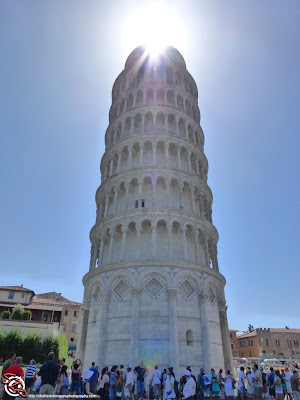
I touched on this a bit in The "Big 3", but a recent discussion has caused me to think a bit more about this. So let me start of by posing a question. In the very beginning of photography equipment was very limited and it was necessary for the subject to have to hold still, sometimes for several minutes to get proper exposure. This is why motion blur and bland expressions are the norm for photos from 150 years ago. About 100 years ago reliable flash became available and crisper images that could freeze action became possible, and we can look at a lot of grainy sports images from just after the turn of the last century. 50 years ago 35mm cameras were really coming into their own and photography as a hobby and a way to capture memories really began to take off. It is in this last period that the idea of The Big 3 really came into being. These are all examples of newer technology surpassing the previous technology, so my question is this. Why are photographers still thinking about exposure in terms of the technology of 50 years ago?
Fifty years ago exposure on 35mm was almost exclusively ruled by The Big 3, on camera flash is always limited and other lighting options were also very limited. This fact meant that creativity and expression always played second fiddle to exposure, but that should not be true today.
You may ask yourself, so if I stop thinking about exposure solely in terms of The Big 3 what does that do for me?
- It frees the shutter speed to be used solely for freezing or blurring action.
- F/stop now only needs to control Depth of Field (how much of the images is in focus).
- ISO can be used solely to control noise.
Recently when I was talking about this, someone responded with something to the effect of "ISO controls camera sensitivity and that is good enough" as if to say that is the same as controlling light. But it is not, even if manufacturers get so good at controlling noise that cameras can function at ISO 1,000,000 that is not the same as controlling light. For one simple reason, it does not compensate for Dynamic Range (the difference from light to dark). Eventually cameras will be able to compensate for all of those things, if photographers are still think abut The Big 3 then they will be even further behind the tech, and truly be limiting what they could be doing.
For now it is important to think about light. This should be self evident, photography (light drawing), its all about the light. I think what it comes down to is a lot of photographers already feel overwhelmed by the complexity of the cameras, especially when you start talking about things like RAW and HDR and Styles and everything else manufacturers are adding to camera, that then learning light seems overwhelming, especially if you learned photography as a natural light photographer.
If you want to cross the threshold from being someone who takes pictures to being someone who creates photos learning to control light is essential, especially in a world where an iPhone can capture a correctly exposed image. Like all things this skill starts with small steps. Turn on an extra light when you are photographing in a dark room instead of cranking the ISO. Use the on camera flash as fill lighting when you are shooting in bright sun. Use a scrim or flags and bounces to narrow the dynamic range when shooting in areas with extremely bright light. The point is to differentiate yourself from what the technology can do by bringing a skill set and a vision that it does not have. If you think solely in terms of The Big 3 then the manufacturers have already passed you by, and clients will not have a reason to higher you.



